Nationality American Parents John William Draper Role Doctor | Name Henry Draper Fields Astronomy Siblings John Christopher Draper | |
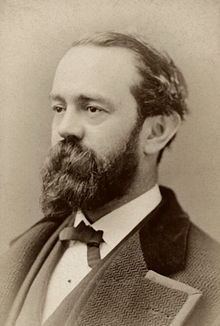 | ||
Born March 7, 1837Prince Edward County, Virginia, US ( 1837-03-07 ) Books A Text-book on Chemistry: For the Use of Schools and Colleges Similar People John William Draper, William Henry Draper, Samuel Pierpont Langley | ||
Henry Draper (March 7, 1837 – November 20, 1882) was an American doctor and amateur astronomer. He is best known today as a pioneer of astrophotography.
Contents
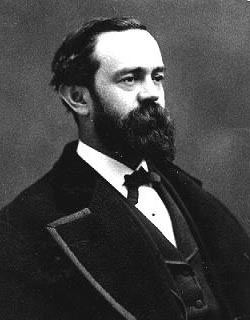
Life and work
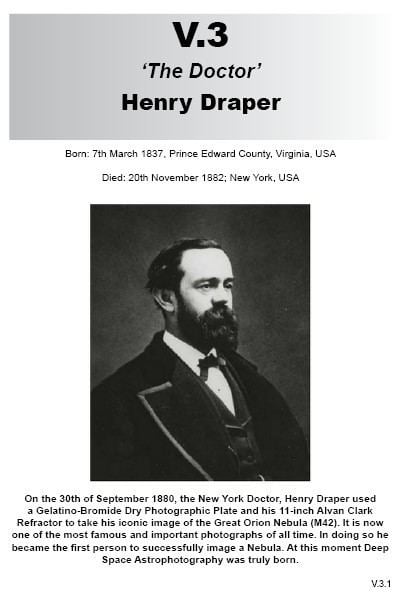
Henry Draper's father, John William Draper, was an accomplished doctor, chemist, botanist, and professor at New York University; he was also the first to photograph the moon through a telescope (1840). Draper's mother was Antonia Coetana de Paiva Pereira Gardner, daughter of the personal physician to the Emperor of Brazil. His niece, Antonia Maury was also an astronomer.
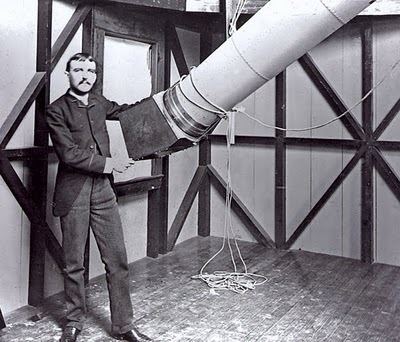
He graduated from New York University School of Medicine, at the age of 20, in 1857. He worked first as a physician at Bellevue Hospital, and later as both a professor and dean of medicine at New York University (NYU). In 1867 he married Mary Anna Palmer, a wealthy socialite who collaborated with him in his astronomy work.
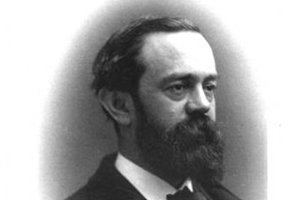
Draper was one of the pioneers of the use of astrophotography. In 1872, he took a stellar spectrum that showed absorption lines, others, such as Joseph Fraunhofer, Lewis Morris Rutherfurd and Angelo Secchi, preceded him in that ambition.
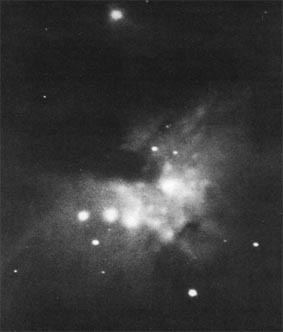
He resigned his chair in the medical department in 1873, to allow for more time for original research.
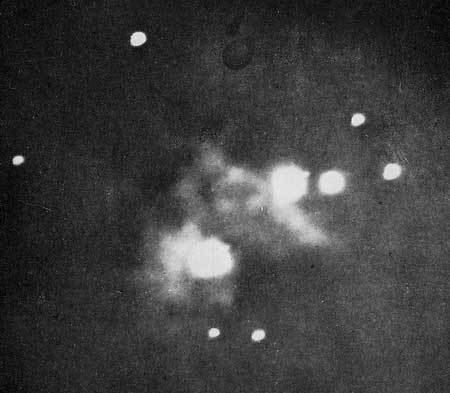
He directed an expedition to photograph the 1874 transit of Venus, and was the first to photograph the Orion Nebula, on September 30, 1880. Using his 11 inch Clark Brothers photographic refractor he took a 50-minute exposure. He photographed the spectrum of Jupiter in 1880.
Draper's observatory, where he took his much-admired photographs of the moon, was located in Hastings-on-Hudson, New York, and today the building functions as the Hastings-on-Hudson Historical Society.
Draper received numerous awards, including honorary LL.D. law degrees from NYU and the University of Wisconsin–Madison in 1882, a Congressional medal for directing the U.S. expedition to photograph the 1874 transit of Venus, and election to both the National Academy of Sciences and the Astronomische Gesellschaft. In addition, he held memberships in the American Photographic Society, the American Philosophical Society, the American Academy of Arts and Sciences, and the American Association for the Advancement of Science.
After his untimely early death from double pleurisy, his widow funded the Henry Draper Medal for outstanding contributions to astrophysics and a telescope, which was used to prepare the Henry Draper Catalog of stellar spectra. This historical Henry Draper telescope is now at the Toruń Centre for Astronomy (Nicolaus Copernicus University) at Piwnice, Poland. The small crater Draper on the Moon is named in his honor.
